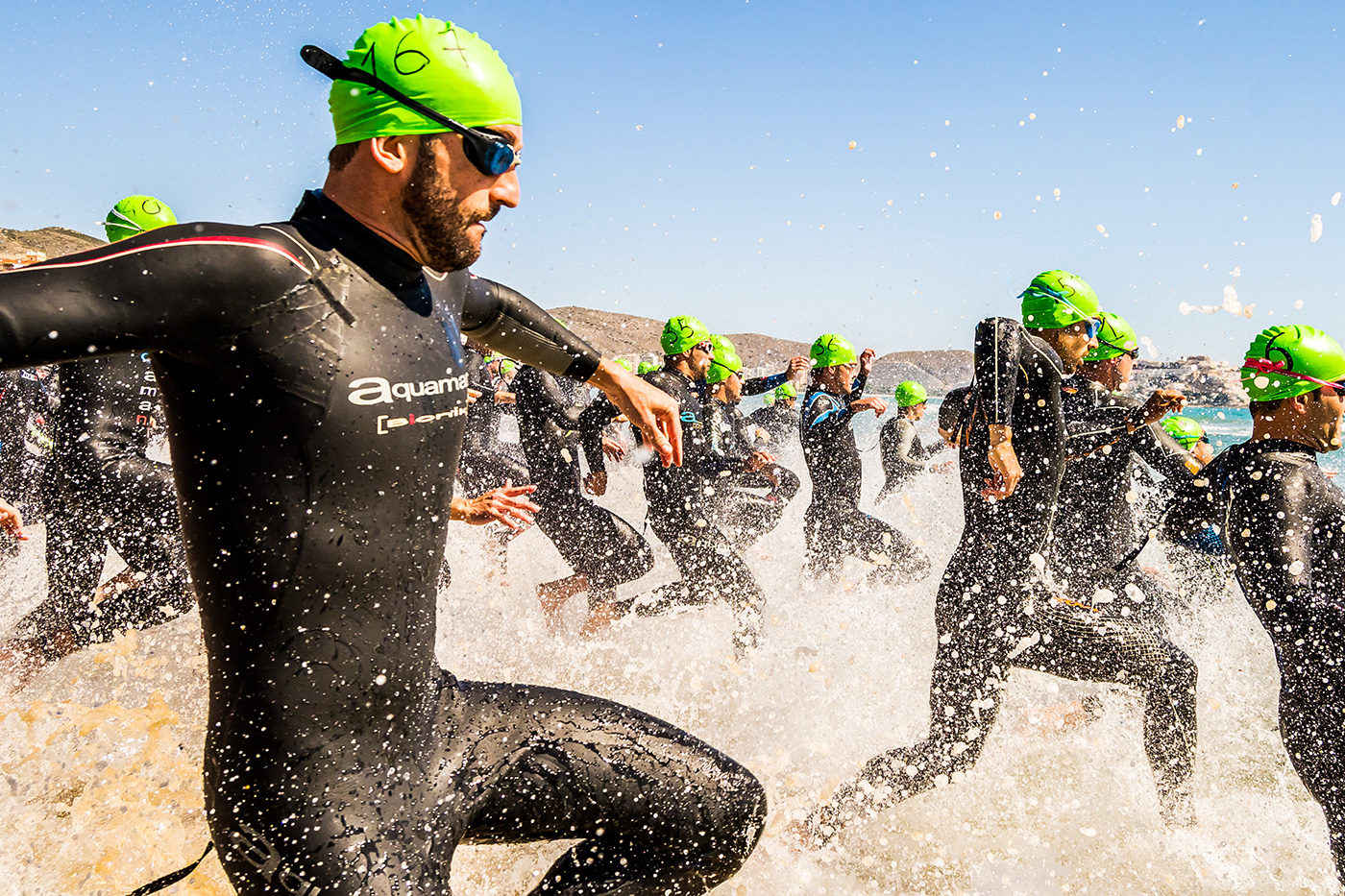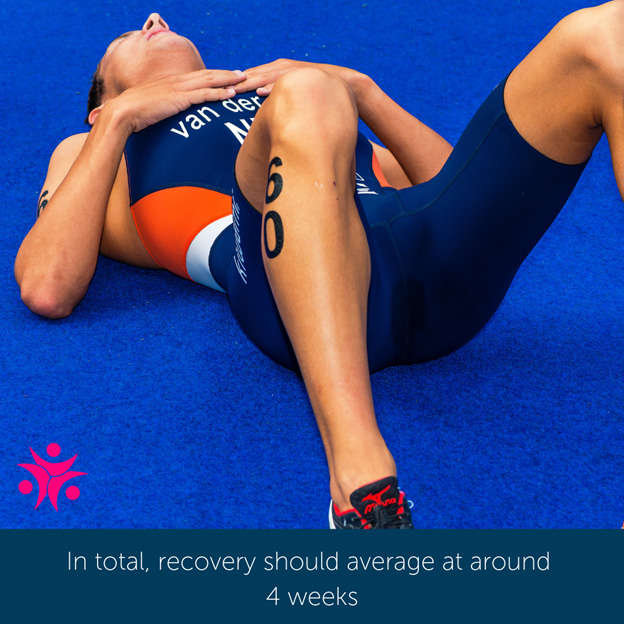
Gearing Up for the Triathlon Season? A Pre-Season Training Guide
Thursday, August 8, 2019
The triathlon pre-season is all about re-focusing and taking care of all those “extras” that don't get as much TLC while you're in the full swing of your training regimen.
This means you'll finally have a chance to recover, rehabilitate, and transition into a pre-season routine.
Here, we'll go into some tips and tricks of really taking advantage of the triathlon pre-season to come back strong and smash out some new personal bests this coming year.
Recovery
Resting and recovering is often the hardest thing for an athlete to wrap his or her brain around. Even though it might feel counter-productive, it's often the very best thing you can do for your body and your mind.
If you just came off of the best season of your life, it's the time to celebrate! If you didn't do as well as you'd hoped, you might need this downtime even more. Maybe you'll need to reassess your goals and take care of your mental health when it needs it most.
In both cases, it's a time to be with family and friends who might have been lovingly placed on the backburner to pursue your triathlon obsession.
So, how long should this recovery phase last?
In total, recovery should average at around four weeks: two of which are spent doing practically nothing while the other two are spent in active recovery.

Generally, it's best to just go with the flow. If you're a triathlete, chances are you won't enjoy being completely sedentary. But, let it happen if it happens. Chill on the lounge, go for a surf, hit up the sauna, or go on a few bushwalks.
It'll be a welcome and well-deserved mental and physical break.
Rehabilitation
Next, it's time for some rehab.
Triathlons are hard on your body. It's such an extreme endeavor which makes the accomplishment of one such a huge high. In many cases, you'll have some lingering aches, pains, and injuries that will require some specific therapy and rehabilitation.
The best thing to do is to work with a professional physiotherapist to create a rehab plan. They'll be able to assess where your weaknesses are and give you specific exercises that will help strengthen your skills in all the right places.
This individualized approach is much more effective than following a cookie-cutter rehab plan or getting your exercises online.
Transition
Finally, once you've recovered and rehabilitated your body, you'll be ready for the transition phase which is where the functional training begins.
It's the time you'll be able to work on things like cross-training, targeting your weaknesses, and improving your technique.
Cross-training is one of the best things you can do in the triathlon pre-season. If there's anything you enjoy doing other than running, cycling, or swimming, now's the time to do it. And the truth is, there are huge benefits to cross-training that will help your triathlon results.
To start, you'll want to incorporate some functional training exercises. This means that you're working out to support your overall body composition and creates a firm foundation for functional movement.
Functional training exercises might include:
- Kettlebell swings
- Goblet squats
- Kettlebell one-armed shoulder presses
- Kettlebell rows
- Burpees
Keep your exercises compound based and functional.
Other types of cross-training that often prove to be incredibly beneficial for triathletes are:
- Skiing and snowboarding
- Paddleboarding and skateboarding
- Rock climbing
- Yoga
Once you've incorporated cross-training into your routine, you'll then want to start focusing on your weak areas. For many people, this is swimming. Plus, working on your swimming is so low-impact that you won't be affecting your running and cycling legs in the meantime.
By improving your swim time as well as your endurance, power, and fatigue resistance, you'll have more energy for the other aspects of the triathlon.
Professional triathlete Matt Chrabot has two approaches to his swim training: 20x100 with 10-second rest at max effort and 40x50 with some max effort sets which might look like:
- 16x50, with every fourth at max effort and 10-seconds rest
- 12x50, with every third at max effort and 15-seconds rest
- 8x50, with every other at max effort and 20-seconds rest
- 4x50 at max effort and 25- to 30-seconds rest
As you start to ramp up your training for the triathlon season, working on your technique is the perfect way to focus your efforts during the pre-season. From swim strokes to pedal strokes to running cadence, there are technical adjustments you can make that will impact your efficiency and help prevent injuries.
Triathletes suggest hiring a coach who has an objective view of where you could use improvement. No matter if you're a newbie or seasoned pro, a coach is the best investment you can make in your triathlon career.
When you work with a triathlon coach to hone in on your skills and a physiotherapist to help prevent injuries by increasing flexibility and targeted strength, you'll have curated an incredible team to make the most of your triathlon pre-season.
Book an appointment with a Physio Inq physiotherapist today for help with a past injury, exercise tips, and unique training plans to help you achieve your goals.
